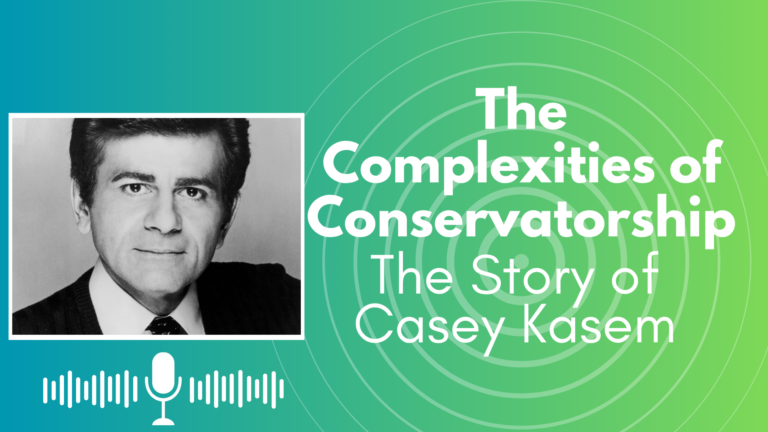Understanding Medi-Cal’s 2026 Asset Limit Changes: What Families with Special Needs Trusts Need to Know
If you’re caring for a loved one with special needs, you understand how crucial it is to protect their access to healthcare and government benefits. With California set to reinstate Medi-Cal asset limits in 2026, many families are asking the same questions: Will this impact our special needs trust? And what steps should we take to…










